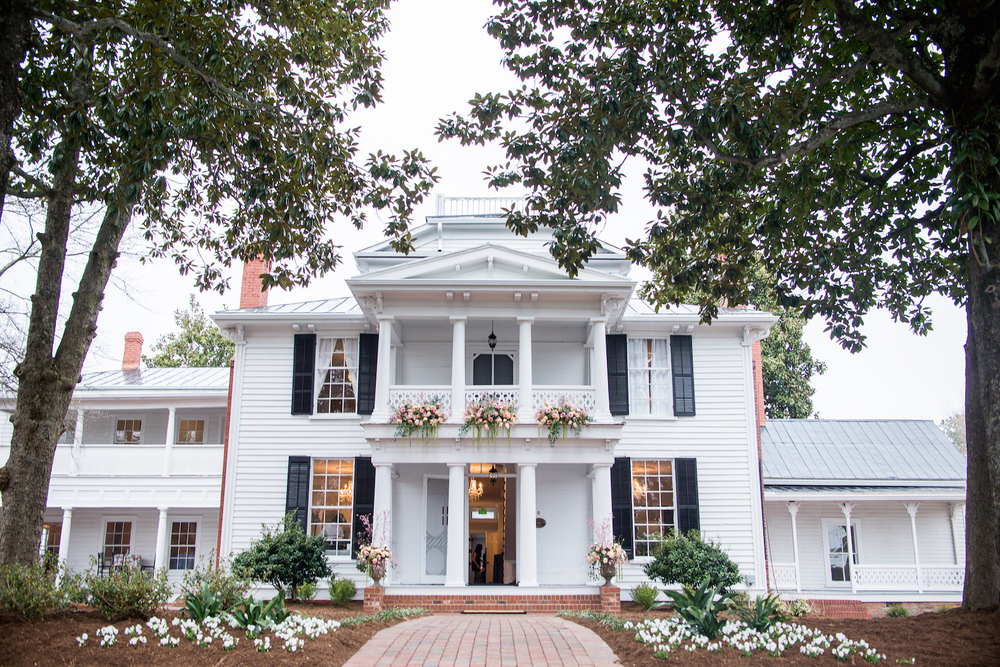For the Holly Springs Preservation Incentive Ordinance
In August 2018, the Town of Holly Springs adopted revisions to its Unified Development Ordinance to provide incentives for projects that incorporate preservation, rehabilitation, or adaptive reuse of historic structures. The adoption of these ordinance revisions was the culmination of months of effort by Town Council and Planning Staff. As stated in the ordinance, “The historical heritage of the Town of Holly Springs is a valued and important asset. The Town of Holly Springs seeks to safeguard the heritage of the Town by preserving historic structures that contribute important elements of the culture, history, architectural history, or pre-history of the Town; and, to promote the use and conservation of such historic structures for the education, pleasure, enrichment, and general welfare of the residents of Holly Springs.”
An historic structure as defined in the ordinance includes any structure that is designated a local, State, or national landmark; or, any structure that is individually listed in the National Register of Historic Places; individually identified as a contributing structure in a historic district listed in the National Register of Historic Places; certified or preliminarily determined by the Secretary of the Interior as contributing to the significance of a registered historic district or a district preliminarily determined by the Secretary to qualify as a registered historic district; or individually listed in a State, County, or local inventory of historic places.
In order to be eligible for incentives, the historic structure must remain on the original property or be relocated to another property within the Town of Holly Springs town limits or extraterritorial jurisdiction that is compatible in character with its original setting. The structure’s existing and proposed building setback orientation shall be considered when determining the compatibility of the proposed site. The structure shall be sited no greater than twice the minimum front yard and building setback required by the zoning district of the property on which the structure is proposed to be located.
The Town Council may choose to deny a request for incentives if the historic structure has been modified or altered in a manner that has destroyed historic materials, features, and/or spatial relationships that characterize the historic structure within the immediately preceding forty-eight (48) months, measured from the date of the Town’s final inspection of such activities pursuant to the North Carolina State Building Code.
Prior to the issuance of a Certificate of Occupancy for the project, a historic preservation easement and a rehabilitation agreement shall be granted to a qualified holder of historic preservation agreements as defined by NCGS Chapter 121, Article 4. Said easements shall be drafted, regulated, and enforced consistent with NCGS Chapter 121, Article 4 and shall be submitted to the Planning Director for review prior to being recorded by the applicant.
The Town of Holly Springs has adopted a truly unique ordinance, one which offers incentives encouraging the preservation of its historic structures; and, sets a sterling example for other municipalities in Wake County to follow.
The Board of Directors of Capital Area Preservation, Inc. is pleased to present a 2018 Anthemion Award to the Town of Holly Springs for the Holly Springs Preservation Incentive Ordinance.

